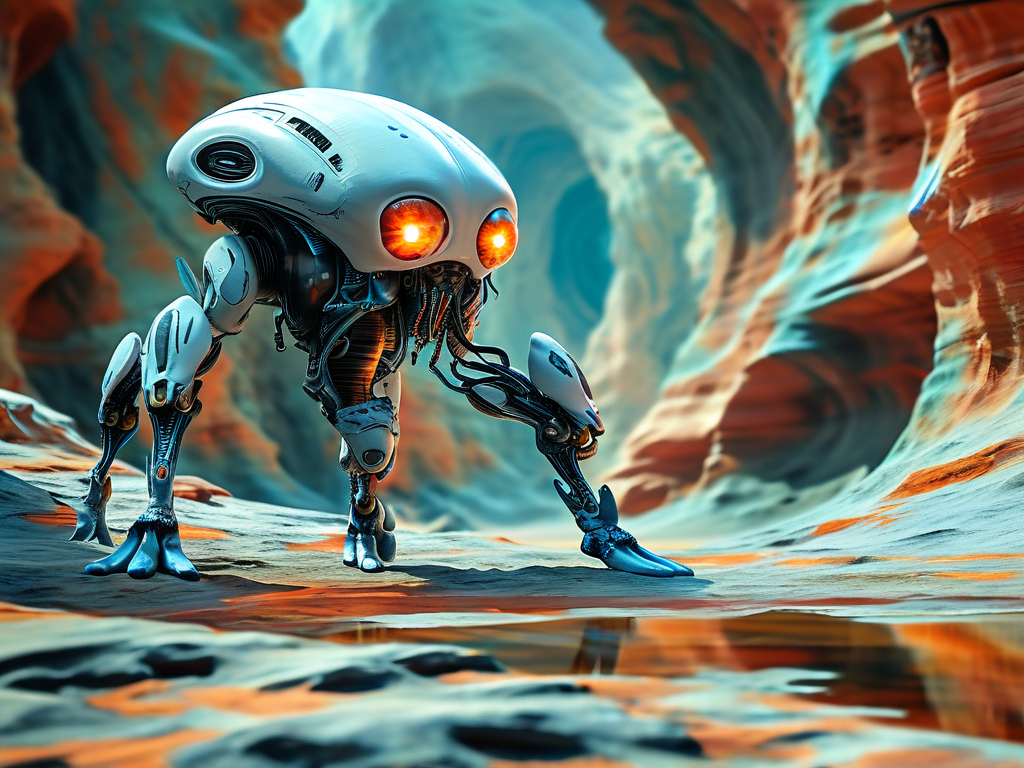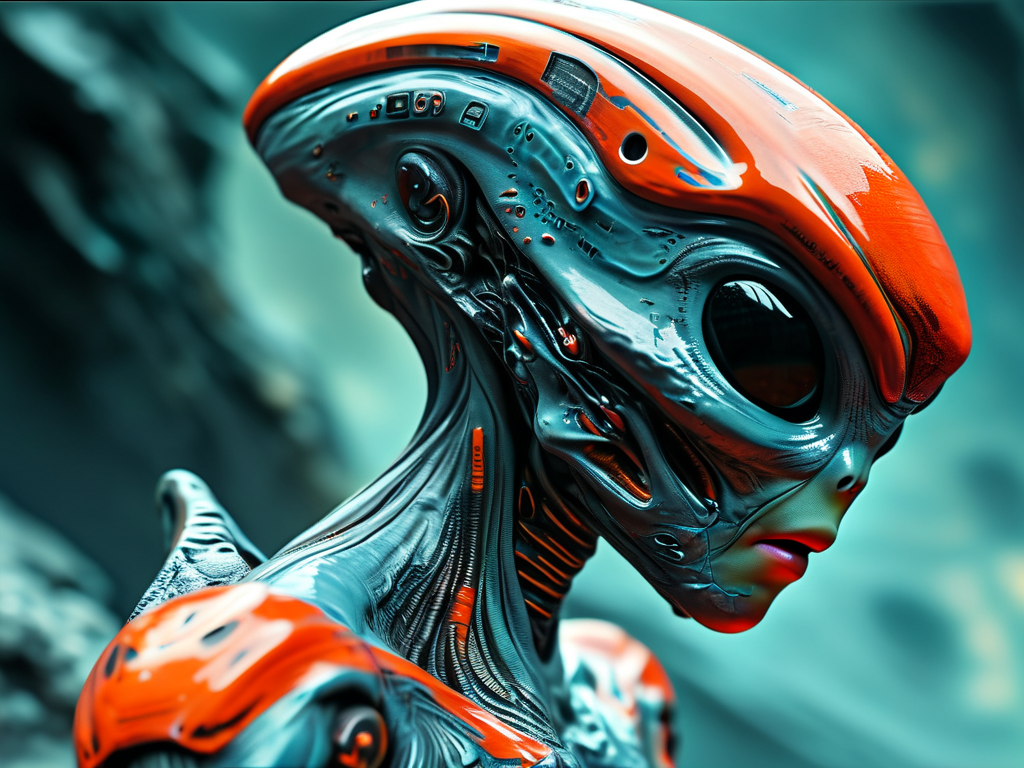The concept of extraterrestrial life has captivated humanity for centuries, but recent advancements in nanotechnology have added a new layer of intrigue: the possibility of alien-derived nanobot systems. While purely speculative, the fusion of these two ideas—alien intelligence and microscopic robotics—opens a portal to reimagining scientific progress, ethical boundaries, and humanity’s role in the cosmos.
The Hypothetical Framework of Alien Nanobots
If advanced civilizations exist beyond Earth, their technological maturity might far surpass our own. Nanotechnology, a field still in its infancy for humans, could be a foundational tool for such societies. Theoretical models suggest that alien nanobots might operate on principles beyond current human understanding—harnessing quantum entanglement for communication, self-replicating using interstellar materials, or even manipulating spacetime at a subatomic level.
Dr. Elena Marquez, a theoretical physicist at the Orion Research Collective, proposes that these machines could be designed as “cosmic custodians,” tasked with tasks like terraforming planets or harvesting energy from stars. “Their programming would need to be inherently adaptive,” she explains, “capable of surviving extreme environments like asteroid belts or the atmospheres of gas giants.”

Potential Applications on Earth
The hypothetical reverse-engineering of alien nanobot technology could revolutionize terrestrial industries. In medicine, for instance, such devices might autonomously repair cellular damage or eradicate pathogens with precision. Environmental cleanup efforts could deploy nanobots to break down microplastics in oceans or neutralize radioactive waste.
A 2023 collaborative study between MIT and the Breakthrough Initiative explored simulated scenarios where nanobots equipped with bio-synthetic algorithms restored ecosystems in Chernobyl’s exclusion zone. While purely experimental, the project highlighted how alien-inspired designs could accelerate solutions to human-made crises.
Ethical and Existential Risks
However, integrating extraterrestrial nanotechnology into human society carries profound risks. The infamous “gray goo” scenario—where self-replicating nanobots consume all matter on Earth—becomes exponentially more alarming if derived from an alien framework. Without comprehending the underlying safeguards (if any), humanity might unintentionally unleash irreversible chaos.
Moreover, the discovery of such technology could destabilize global politics. As noted by security analyst Raj Patel, “Nations might race to militarize nanobots, sparking a new arms race. The line between defense and annihilation could vanish in months.” Religious and philosophical debates would also intensify, challenging humanity’s self-perception as the universe’s sole intelligent actors.
The Search for Evidence
Current efforts to detect alien nanobots remain indirect. Projects like SETA (Search for Extraterrestrial Artifacts) scan lunar and Martian surfaces for microscopic anomalies, while deep-space telescopes analyze starlight for signatures of megastructures or synthetic particle clouds.
In 2027, the European Space Agency’s Odysseus probe will launch to Enceladus, Saturn’s icy moon, equipped with spectrometers capable of detecting molecular machines in subsurface oceans. Dr. Hiroto Tanaka, lead mission scientist, cautions tempering expectations: “Even if we find traces, distinguishing natural phenomena from artificial constructs will require years of analysis.”
A Future Intertwined with the Cosmic Unknown
Whether alien nanobots exist or not, their conceptual value is undeniable. They force us to confront the limits of human ingenuity and the ethical weight of wielding technologies we barely comprehend. As astrophysicist Dr. Lila Abrams argues, “This isn’t just about machines—it’s about preparing our species for a universe where we are neither alone nor in control.”

Perhaps the greatest lesson lies in humility. As we peer into the void, seeking fragments of alien intellect, we might ultimately discover more about our own ambitions, fears, and the delicate balance required to navigate a future where science fiction edges toward reality.

